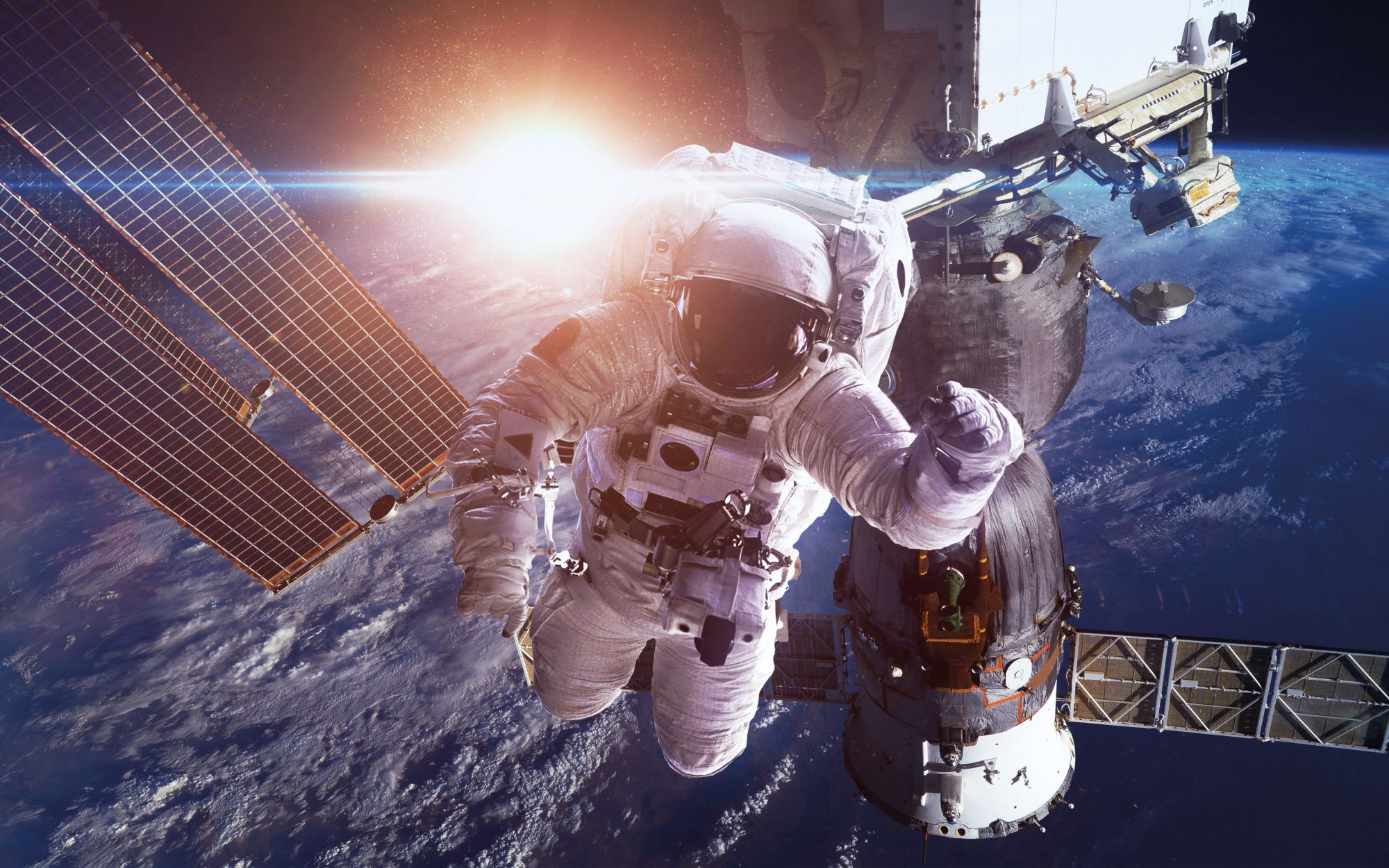This sector may just be the catalyst for our little red dot and the region.
Singapore Space and Technology Association (SSTA) founder Jonathan Hung’s interest in space was sparked at a young age by science fiction movies such as Star Wars. He went on to study at Florida’s Embry-Riddle Aeronautical University. “I was very inspired by the people I met there, from veteran pilots to those on the front line of the American space programme. These were your professors in the classroom and instructors in the field,” he recalls. “In Singapore, you didn’t see this mould of people very often. They were innovators, entrepreneurs, and mavericks.”
Back in Singapore, Hung led the development of the space incubator unit at the Singapore Economic Development Board, and then took on management roles in defence technology companies. He now runs a management advisory company focused on advanced technology sectors, and is the founder and president of the non-profit SSTA, which nurtures Singapore’s very own space mavericks.

Singapore Space and Technology Association (SSTA) runs a suite of programmes to engage with youths. What is your pitch when you talk to them about the space industry?
Jonathan Hung (JH) To be honest, space sells itself. Everybody’s interested in space even if they’re not interested in science, they want to know what’s out there. What we try to communicate to young students is that the space industry is open to many different disciplines—not just science, technology, engineering and mathematics (STEM), but even botany, law and policy. We fly down experts, including current and former Nasa engineers and scientists, to mentor and instruct our youth during our space camps. The decades of experience they download to our students is really inspiring.
The government has identified the space industry as a growth sector. Why is space important to Singapore?
JH As the economy changes, Singapore has to grow emerging industries, especially those with the potential to yield many advanced technological benefits. A space programme is a necessary means to an end sometimes—they don’t just generate astronauts and rockets, many end up diffusing a lot of their technology to terrestrial applications.
For example, solar panels first originated in a space programme. So space is a lever for other technologies, a locomotive for getting the best and brightest minds in STEM. We also demonstrate how close popular science fiction stories are to reality. For example, look at the armour worn by the Stormtroopers in Star Wars—in the 1970s, that perhaps was science fiction. But today, that type of composite armour is widely used in the military and commercial sectors. My job is to draw that connection to the relevance of these applications to today’s dynamic society, so that youths realise they can pursue serious career paths in these areas.
